Firefly identification often depends on careful observation of morphological traits and time- and place-based details such as time of year, time of day/night, geographical location, and habitat association. For flashing species, individual flash patterns are also important clues. Once you get to know the terminology involved in these details, you’ll begin to pick out differences in the various fireflies that you see. Read on to learn more about firefly anatomy, flash patterns, and the types of questions you should ask yourself when trying to identify a firefly to genus or species.
The Parts of a Firefly
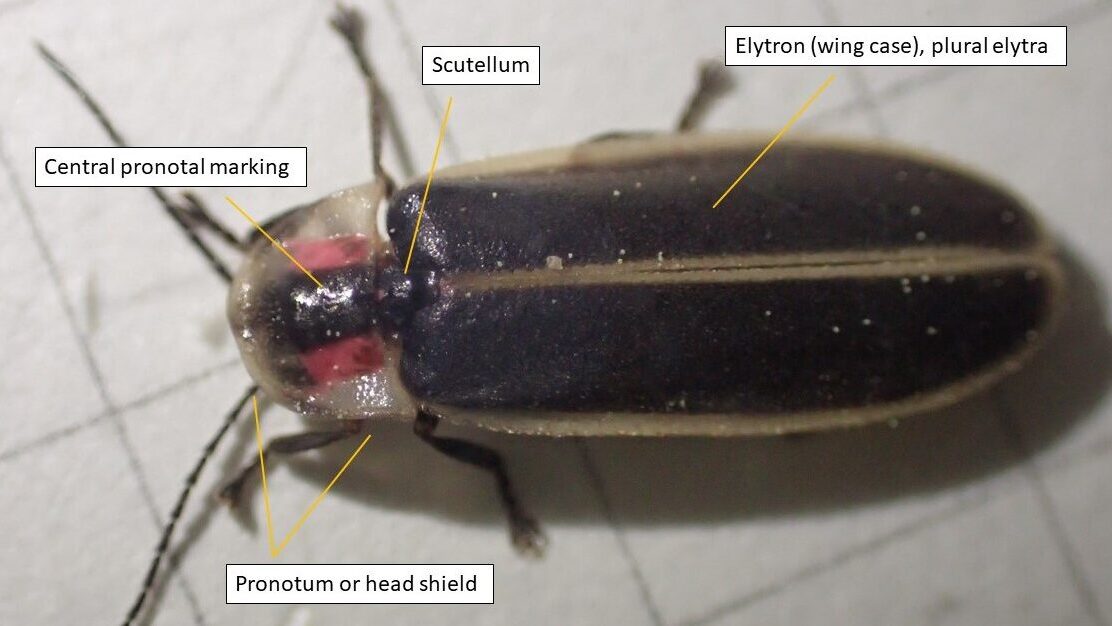

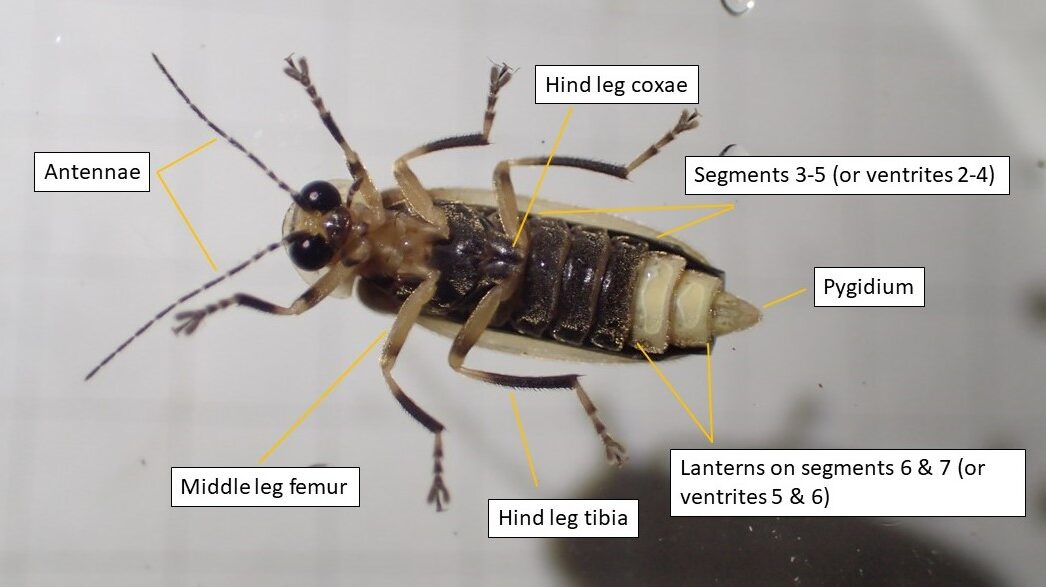

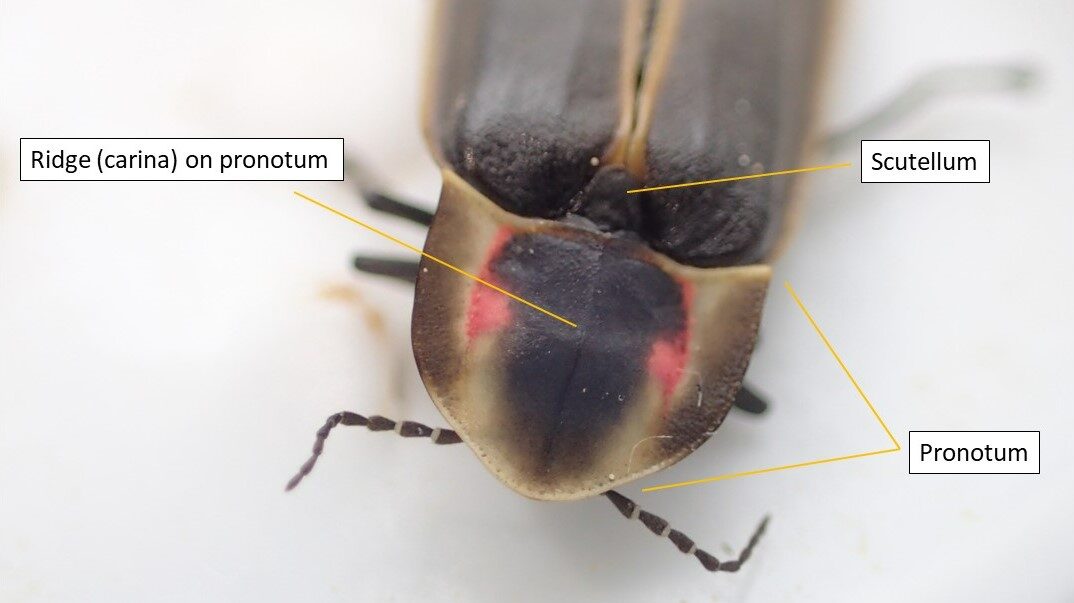

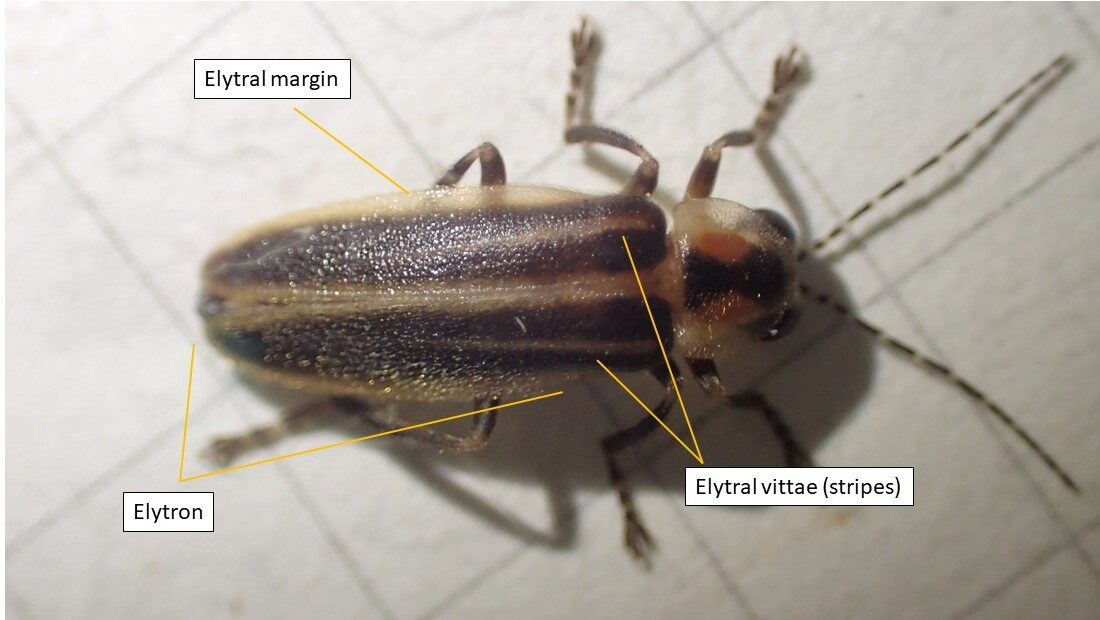

Anatomy Terms
To identify most flashing firefly species, you need to observe both the morphology of their bodies and the details of their flash patterns.
Questions to Ask Yourself When You See a Firefly
Overall Body Shape and Size
Pronotum
Elytra
Underside
Legs
Antennae
Observing and Describing Flash Patterns
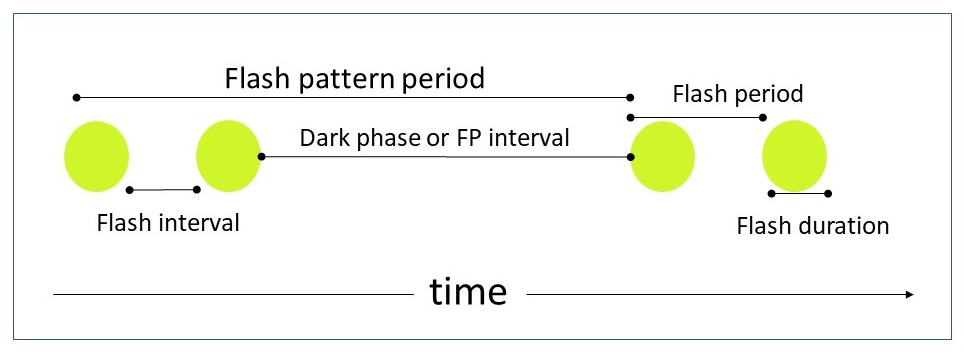

Flash Pattern Glossary
Notice: Below is a list of 0 important links included on this page.
Please note that while screen readers have made significant strides, they may still lack full support for optimal web accessibility.
Firefly identification often depends on careful observation of morphological traits and time- and place-based details such as time of year, time of day/night, geographical location, and habitat association. For flashing species, individual flash patterns are also important clues. Once you get to know the terminology involved in these details, you’ll begin to pick out differences in the various fireflies that you see. Read on to learn more about firefly anatomy, flash patterns, and the types of questions you should ask yourself when trying to identify a firefly to genus or species.
The Parts of a Firefly




Anatomy Terms
- abdomen: the rearmost of an insect’s three main body sections, holding the reproductive and digestive organs.
- aedeagus: a male insect’s reproductive organ; tucked away and only visible on collected, dead specimens.
- antennae: the firefly’s “feelers,” projecting from the head and used for detecting physical and chemical cues in the environment.
- carina: a keel or ridge; on fireflies, this is typically on the pronotum, or head shield.
- coxa: the leg segment closest to an insect’s body (plural = coxae).
- elytra: a beetle’s front wings which are hardened and used to protect the back wings (which it uses to fly) (singular = elytron).
- head: the foremost of an insect’s three main body organs.
- lantern: the pale, light-emitting organ found on ventral (underside) segments 6 and 7 of the abdomen.
- pronotum: the head shield or head cover. It is a hard plate that is part of the thorax (middle segment of an insect’s body). The pronotum often holds clues to a firefly’s genus or species. It also helps you distinguish fireflies from other types of beetles.
- pygidium: the tail or last dorsal (top) segment of the abdomen, sometimes seen poking out from behind the elytra.
- scutellum: the triangle or diamond shaped structure in the center of a firefly’s back, where the wings and pronotum meet.
- thorax: the middle section of an insect’s body, where the wings and legs attach. The pronotum is a part of the thorax.
- vitta: a stripe or streak, usually referring to markings on the elytra or pronotum (plural = vittae).
To identify most flashing firefly species, you need to observe both the morphology of their bodies and the details of their flash patterns.
Questions to Ask Yourself When You See a Firefly
Overall Body Shape and Size
- How long is it in millimeters?
- Does it hold its body fairly flat or with a curved, hunched posture?
Pronotum
- What shape is it? Semi-circular? Pentagonal?
- If there is a dark marking in the middle, what shape is it?
- Are there dark markings on the sides?
- Does it have a ridge or raised keel down the middle?
- Are there transparent windows through which you can see the firefly’s eyes?
Elytra
- Are the borders yellow or cream colored?
- Are there pale diagonal stripes down the middle of each elytron?
Underside
- Are there lanterns (pale, light-emitting organs)? On which segments?
- What color are the segments? Dark or pale?
Legs
- How long are the legs compared to the overall body size?
- What color are the hind coxae?
Antennae
- What shape are the antennae?
- Thread-like? Saw-toothed (serrated)? Flattened? Branched? Feathery?
Observing and Describing Flash Patterns

Flash Pattern Glossary
- flash: a distinct, brief emission of light; shorter than a glow.
- crescendo flash: a flash that builds in intensity and ends abruptly.
- flash duration: the length of time that a flash lasts, usually tenths of a second.
- flash pattern: the basic unit of a male firefly’s flashing behavior, a flash or series of flashes that are repeated regularly or semi-regularly.
- flash pattern interval: the time between the end of a flash pattern and the start of the next repetition of the flash pattern (also known as the flash pattern pause or the dark phase.
- flash pattern period: the time between the start of a flash pattern and the start of the next repetition of the flash pattern.
- flash period: the time between the start of one flash in a flash pattern and the start of the next flash in the flash pattern. In single flashers, flash period is synonymous with flash pattern period.
- flash-train: a flash pattern consisting of a group of multiple (>2) flashes that repeat at predictable or somewhat predictable intervals.
- glow: a sustained emission of light lasting longer than a flash (more than a second in duration).



